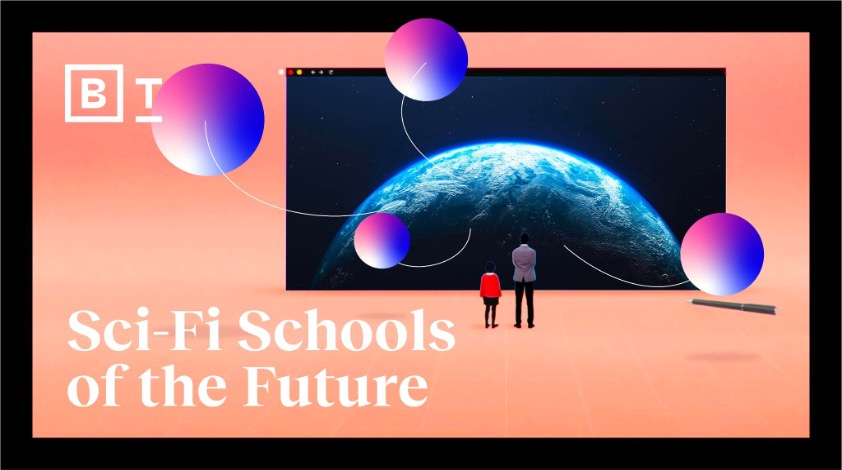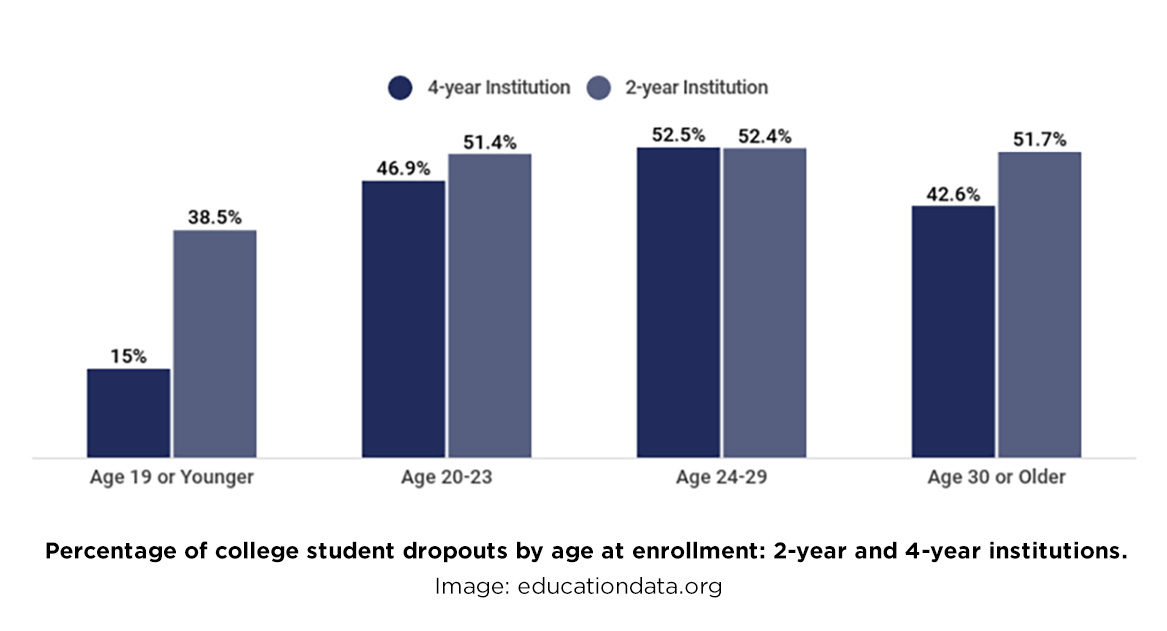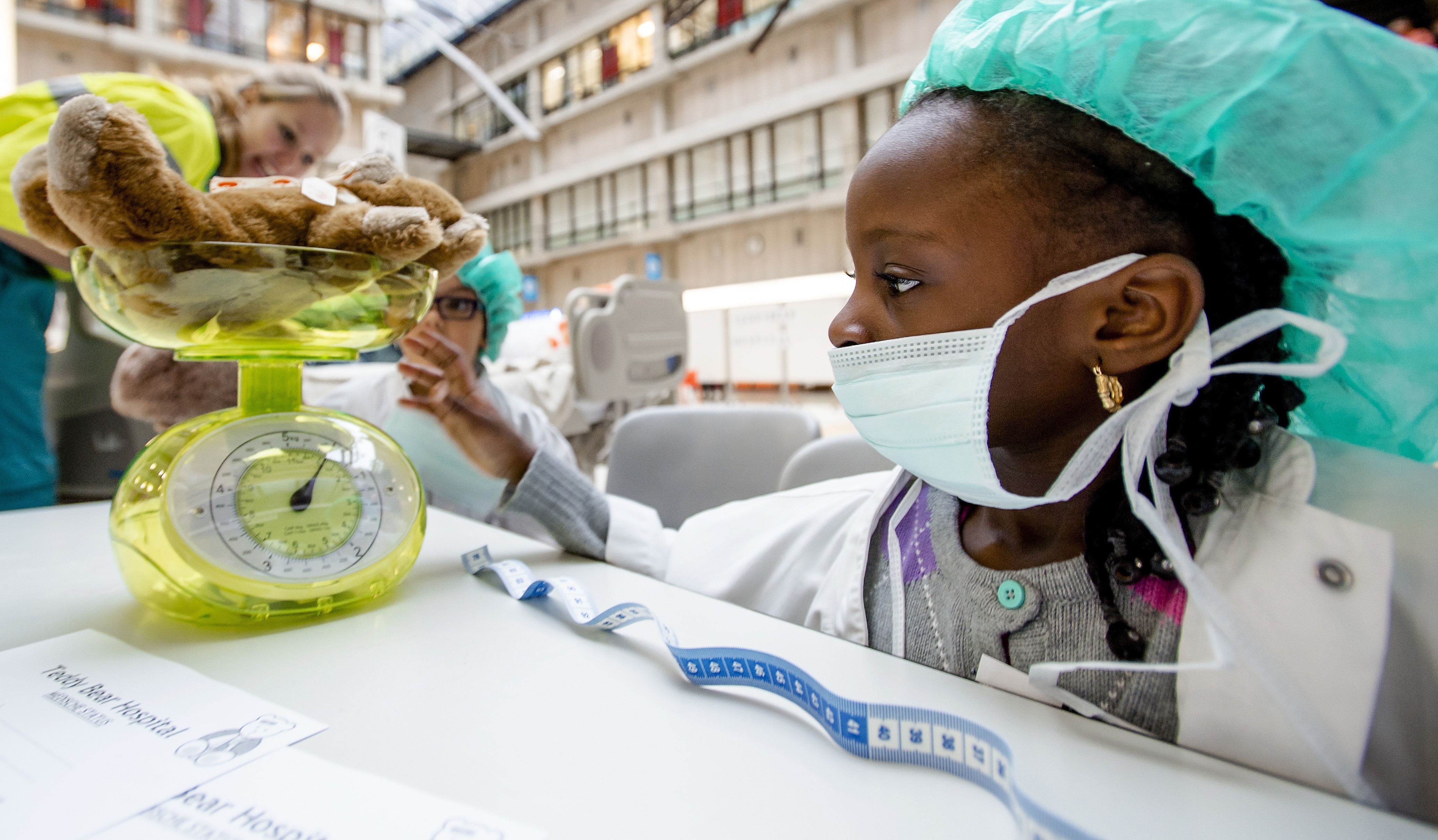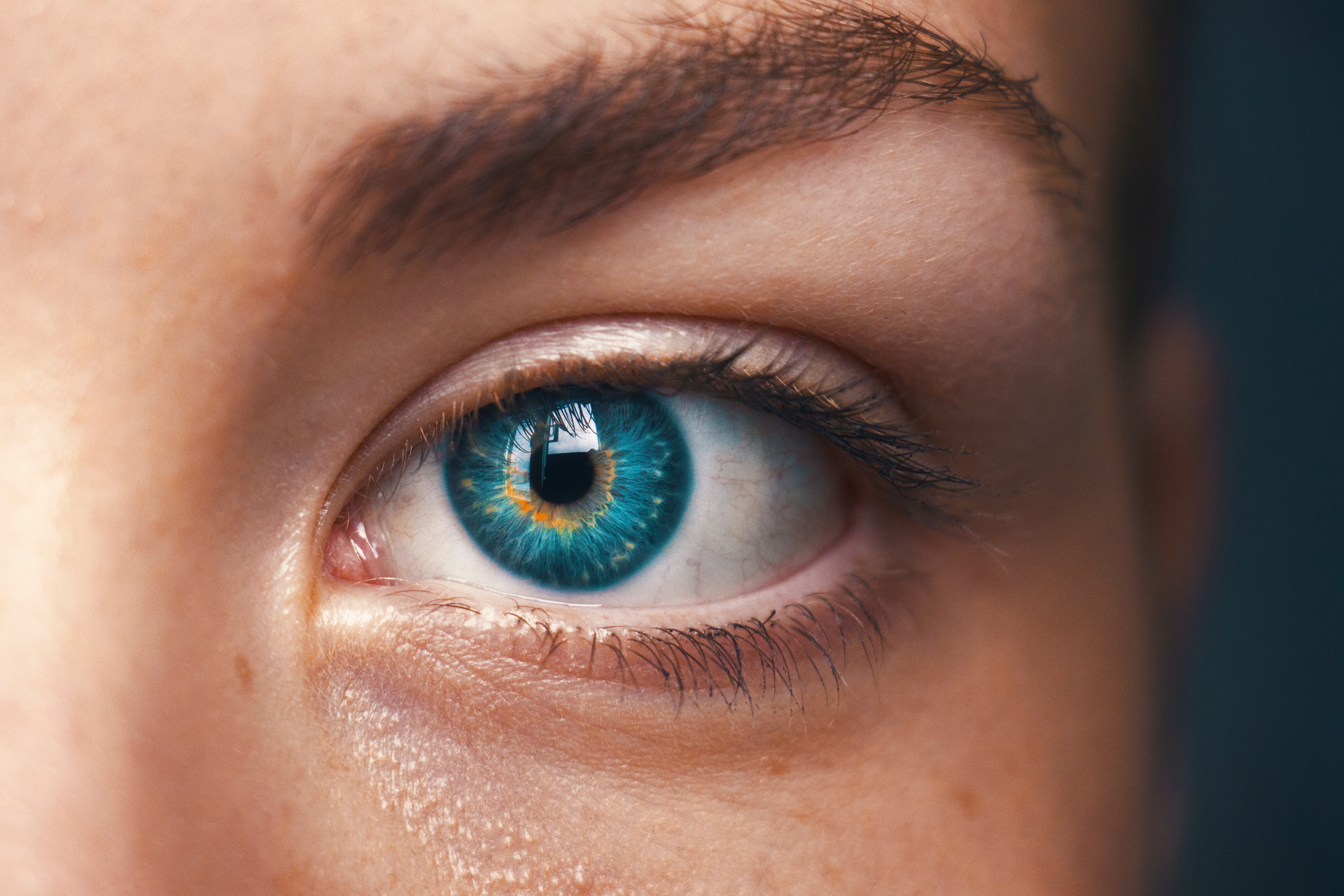Equity made Estonia an educational front runner

- Estonia became a top performer in the most recent PISA, a worldwide study of 15-year-old students’ capabilities in math, reading, and science.
- PISA data showed that Estonia has done remarkably well in reducing the gap between a student’s socioeconomic background and their access to quality education.
- The country’s push toward providing equal-access to learning technology is a modern example of the culture’s dedication to equity in education.
As I performed my interviews for this article, one fact was made abundantly clear: Estonians aren’t ones to engage in lavish praise and pat-on-the-back congratulations. A far more self-critical culture, they find comfort forgoing the small talk, getting to work, and honing in on areas to improve. But one area where Estonians will simply have to grit and bare the praise is in discussing their education system. Smaller than West Virginia and with a population of 1.3 million, this Baltic state has developed one of the world’s best education systems as assessed by the Programme for International Student Assessment (PISA) results.
PISA is the Organization for Economic Cooperation and Development’s (OECD) triennial study that measures the reading, mathematics, and science abilities of 15-year-olds across the world. Talks of PISA tend to focus on educational powerhouses such as Finland, Singapore, and Korea, but those looking closely have been noticing Estonia’s ascent throughout the years. It began in 2006, and despite a small dip in 2009, the country’s scores continued upward in 2012 and 2015.
By 2018, the most recent PISA study, Estonia became Europe’s number one performing country and one of the best in the world. Its students placed fifth in reading, eighth in math, and fourth in science, with mean scores in each that were well above the mean. The only education departments to outperform Estonia’s were Singapore and a few of China’s distinct economic areas, such as Beijing, Shanghai, and Macau.
Such a cohort may make the reason for such scores obvious. Like Singapore and Shanghai, Estonia is both small and relatively affluent; such education departments simply spread out their resources across fewer students. But PISA’s data doesn’t support this reasoning. While socioeconomic background is an important predictor of academic success, it doesn’t play out that more money equals better education. In fact, according to PISA data, Estonia’s per student expenditure was 30 percent lower than the OECD average. Conversely, the United States handily outspends many other countries but receives middling PISA scores for its investment.
Then what explains Estonia’s ascent? That’s an answer that requires untangling a myriad of cultural, social, and historical factors that interconnect in ways difficult to untangle. But one factor stands out. A cultural mindset centered only on excellence in education but the drive to give students equal access to that education.

A chart showing student performance scores in reading for the 2018 PISA study.Photo: OECD
The belief in education’s value is ingrained within Estonian culture. As Mailis Reps, the Estonian Minister of Education and Research, told me in an interview, it’s an ethos handed down generation to generation, like a cultural heirloom.
“Many generations have had to start from zero all over again. Let it be the war, the regimes, economic reforms, people being deported, people losing their families, or changes to the system,” Reps said. “So, education was something that was always given, generation to generation. There’s a very strong cultural belief that education is the only thing you cannot take away from a person.”
Because education is a constitutional right, Reps informed me, state and local governments ensure that primary education is available to everyone. Lunches, textbooks, transportation, and study materials are provided gratis, with extracurricular activities subsidized so fees remain low. Local municipalities also subsidize pre-primary education. They maintain a social allowance so fees are tied on a parent’s financial situation. Parents enduring economic hardships or temporary setbacks can send their little ones to preschool free of charge, while more financial stable families pay a small fee. And even that fee remains small—Reps says it is no more than €91 (about $107).
Under such a comprehensive system, many children start their education careers young, as early as 15 months old. Because pre-primary isn’t compulsory, parents have more latitude over how their children attend school: half days, a few days a week, etc. By kindergarten, Estonia has a 91 percent attendance rate. Primary attendance is close to universal.
That system may sound expensive, and like any education system, it takes its share of GDP. But as mentioned, it’s not simply a matter of dollars spent. According to the National Center for Education Statistics, in 2016 the United States spent $13,600 per full-time-equivalent student in elementary and secondary education. The OECD average that same year was $9,800. Estonia spent $7,400.
“In many countries, the school’s socioeconomic context influences the kind of education children are acquiring, and the quality of schooling can shape the socioeconomic contexts of schools,” Andreas Schleicher, the OECD’s director for the Directorate of Education and Skills, writes in his assessment of PISA 2018’s data. “The result is that in most countries, differences in education outcomes related to social inequalities are stubbornly persistent, and too much talent remains latent.”
But despite relatively modest spending, that’s less true in Estonia. According Schleicher’s assessment, 20 percent of disadvantaged boys did not attain minimum proficiency in reading in all countries except three. Estonia was one of those three. It stood as one of 14 countries in which disadvantaged students have at least a one-in-five chance of having high-achieving schoolmates, a ratio that corresponds to reduced social segregation. And the country joined Australia, Canada, Ireland, and the United Kingdom in having more than 13 percent of its disadvantaged students demonstrate academic resilience, a metric that measures proficient educational outcomes in the face of adversity.
These data point to a weak relationship between student performance and socioeconomic background, a sign that Estonia has lessened the gap between a student’s personal situation and their access to quality education.

Fourth-grade students learn computer skills in elementary school.Photo: Sean Gallup/Getty Images
A crucial example of Estonia’s dedication to equity can be seen in how it wove digital technology into the learning fabric. In the last two decades, Silicon Valley has had a commanding influence in how we approach and access education, but for many countries, the push toward always-accessible, always-on education hasn’t ameliorated many systemic inequalities.
Consider the United States. The U.S. finances schools through local property taxes or federal grants tied to test scores and attendance rates. This leaves schools in well-to-do districts with a lion share of funding and resources. Such lopsided endowments, as noted a 2018 report by the U.S. Commission on Civil Rights, “harm students subject to them” and are “fundamentally inconsistent with the American ideal of public education operating as a means to equalize life opportunity.” An inconsistency that the Supreme Court has defended as perfectly in keeping with the U.S. Constitution.
This legacy inequality left many low-income neighborhoods facing another disadvantage at the turn of the century: a lack of access to technology. That reality became starkly apparent in the COVID-19 pandemic. Data from the U.S. Census Bureau suggests that as schools closed, “1 in 10 of the poorest children in the U.S. has little or no access to technology” for learning. For children being raised in a household earning less than $25,000 a year, roughly ten percent have no access to the internet or digital learning devices.
Conversely, Estonia has made internet access available to all students. In the late 1990s, after its independence from Russia, Estonia initiated Tiger Leap. The program invested heavily in building and developing infrastructure for the e-revolution. The push moved many social programs online, such as taxes, voting, and health records, and schools were updated for internet access, computer labs, and the then-latest technologies.
Today, Estonia has made digital literacy a key competency required in its educational outcomes. Learning materials, such as textbooks and assessments, must be available for free in a digital format (known as the e-schoolbag). Even schools in remote areas enjoy access to high-speed internet.
That may sound concerning to parents worried that today’s technology has reduced learning to the solitude of screens and mental cubicles. But the Estonian government only provides access to the tools and ensures they work. Schools and teachers have broad autonomy in determining when and how to use them. That is, after all, their expertise.
“We have never forced our teachers to use it, but we have celebrated if they do so,” Reps said. “This is one of the things that I advocate a lot. Provide them the possibility, build them the infrastructure, the quality needs to be there. Because if you start downloading and it doesn’t work, no young person accepts it.”
Teachers of young students, for example, may forgo technological solutions in favor of more analog approaches to develop motor and social skills. Meanwhile, secondary education may lean heavier on online assessments to prepare students for a tech-focused workforce.
Unlike Silicon Valley’s push into the U.S. education system—a seeming bid to capitalize as much on student’s learning time as their free time—Estonia prefers a more Goldilocks strategy. As Gunda Tire, Estonia’s PISA National Project Manager, told me in an interview: “If you look at PISA data about education systems that use a lot of technology, if they use it very extensively, they have lower scores. If they don’t use it at all, they also have lower scores. The big challenge is to find the balance.”
As we’ve learned during the pandemic, that’s a balance that shifts with circumstance, but by distributing the tools and infrastructure broadly, Estonia has been able to keep its footing. Reps estimates that before the COVID-19 shutdowns, approximately 14 percent of schools regularly used the available digital textbooks. Most preferred the physical counterpart.
But because the digital option was available for ever school, they were able to quickly pivot to a 100-percent use rate. Additionally, years of prioritizing computer literacy development helped teachers gain competency in digital learning tools, and a civil social push identified at-need children to equip them with the devices necessary to learn remotely. As Mart Laidmets, Estonia’s secretary general of the Ministry of Education and Research, said in a roundtable on the subject, it looked as though the country had “been preparing for such a crisis for 25 years.”
How can cognitive science inform the future of education? | Lindsay Portnoywww.youtube.com
While Estonia may not spend as much on a dollar-to-dollar basis, the country has created immense valuable in its system by spreading the educational wealth. Part of that achievement stems from removing barriers to primary education and fostering equal-access to learning technology; however, those are simply examples of the principle of equity at work. Others include well-educated teachers, even at the pre-primary level; granting schools broad autonomy to adapt the national curriculum to suit local and cultural needs; and maintaining at-school support centers so students have access to mentors, psychologists, special needs teachers, and anti-bullying resources. The list goes on.
“The success of any system is sort of like a puzzle,” Tire said. “You have to have many pieces and fit them in properly, or you won’t see the whole picture.”
Is there room for improvement? Of course! Just ask any Estonian. Tire told me that recent PISA data showed a discrepancy in the results between the country’s Estonian-speaking students and its Russian-speaking ones. They are looking into the reason for that gap and how to raise scores across the board. When asked the same question, Reps pointed to improving the country’s vocational-track education, the integration of practical skills into gymnasium, and research into personalized learning.
When asked what other countries could takeaway from Estonia’s example, my interviewees were more cautious. As Reps rightly points out, “Education is so culturally and historically tied. It’s very difficult to copy something, and I would be careful to tell any country to copy the Estonian model.”
She did offer some facets for consideration, though. She recommends that systems never look at a child as a problem to solve. Instead, it should look to ameliorate issues in their background or experiences. Even though education systems can be expensive, they should always be child-friendly and dedicated toward their growth. Digital technology doesn’t create equality de facto; it must be accessible to all. And trust your teachers. “They are amazing human beings. They come to teach; they want to give their best; they want to help their pupils.”
In my own research into Estonia’s education system, its history, and its successes, I would humbly add one more: Foster a culture that values education and assures its available to everyone.





